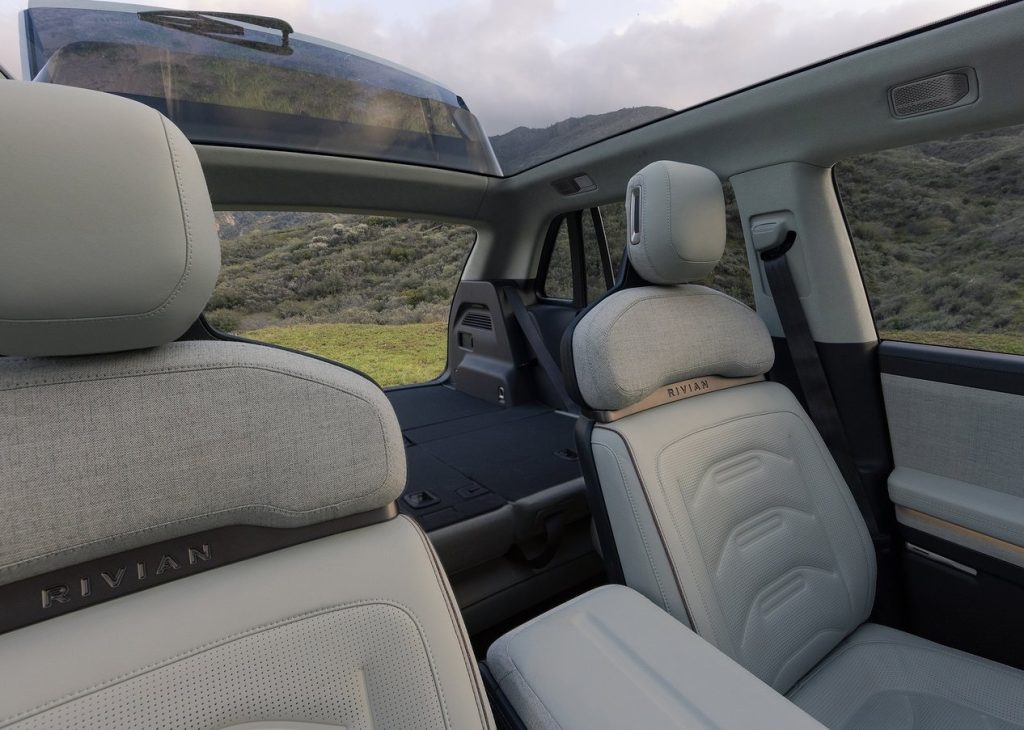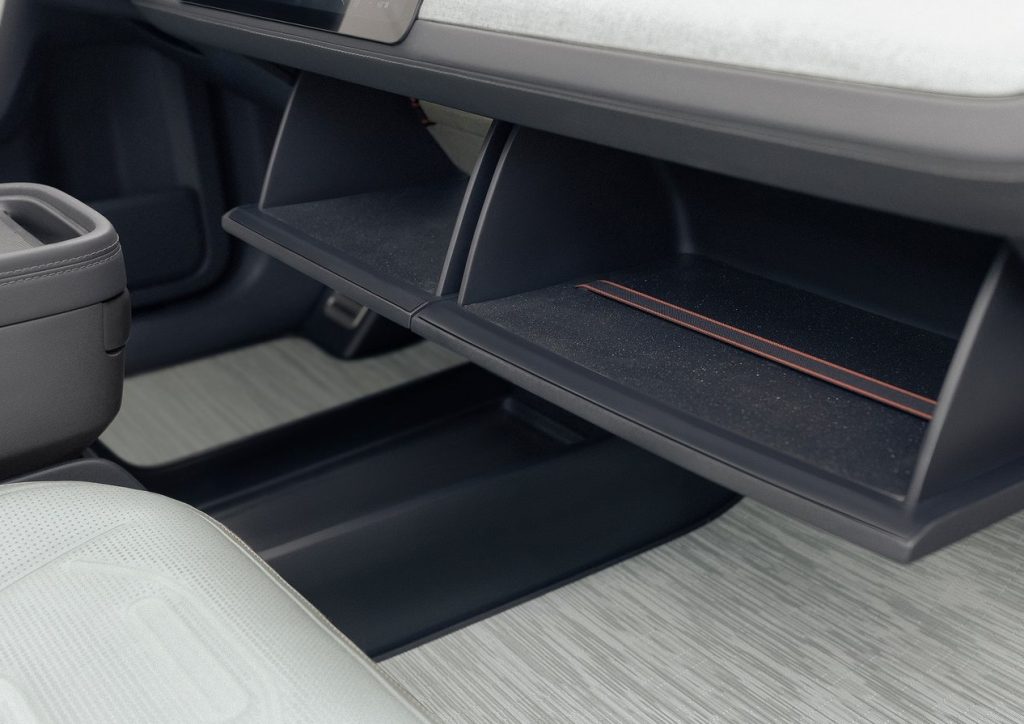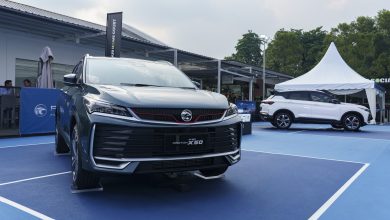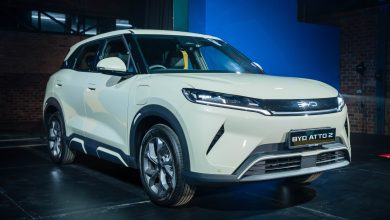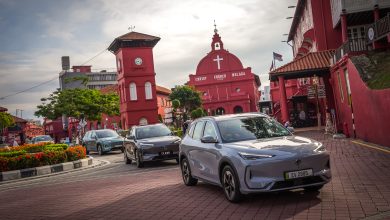Rivian Aims To Join The E-Crossover Crowd With Its Upcoming R3
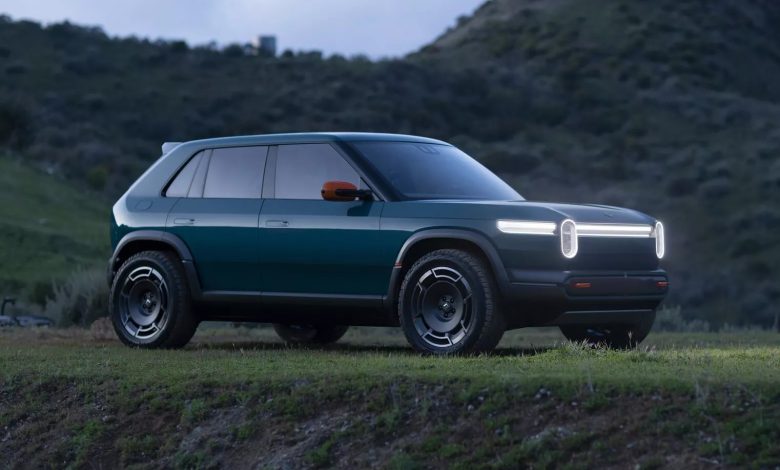
This new Rivian R3 is apparently also slated to spawn an off-road-ready trim dubbed the R3X.
Rivian has recently pulled an Apple at the launch event for its R2 mid-sized e-SUV, with its ‘One More Thing…’ being for the EV maker to tease its smallest offering yet — the R3.

Now rather unlike Apple however, Rivian has unfortunately not divulged all the specs yet its newly-teased R3. Though a rather good picture of things to come is nevertheless able to be pieced together with the tid-bits of information the EV maker has since confirmed.
Starting from the simple question of its size for instance, Rivian has confirmed that the R3 shares the same platform as the R2, but shrunken to 2,800 mm between its wheels. This therefore puts the general size of this compact e-crossover to hence bean around the region of a Cadillac XT4 to the Americans, or a BYD Atto 3 for the rest of the world.

Sharing the same platform as the R2 means that it could also be deduced that the R3 will all but likely match its larger sibling in the performance and range metrics, with Rivian basically hinting as much regarding the latter aspect by stating for this e-crossover to be capable of over 489 km (300 miles) when fitted with the larger of two battery pack options available. The EV manufacturer has further teased that this upcoming model will follow on from its big brother by utilising the North American Charging Standard (NACS), with it apparently capable of achieving a half hour 10 to 80% state of charge too through an as-yet-unspecified DC fast charging outlet.
And while on the topic of fast, Rivian did also confirm for the R3 to come with the option of up to 3 drive motors, with the highest motor count in this e-crossover supposedly capable of rocketing it to 60 mph (97 km/h) from a standstill in less than 3 seconds. Though perhaps the more interesting bit regarding its tri-motor powertrain is for it to be featured in the R3X, but more on that a little later.

Getting back to the normal R3 meanwhile and discussing its looks, it is perhaps not too outlandish to state for this e-crossover to echo the silhouette of a Lancia Delta Integrale (or Hyundai IONIQ 5) but with the trademark Rivian face and single rear light bar grafted on. On the rump of this particular model as well is an angular liftgate with a glass section that can be opened independently, while there is also a frunk up front for added practicality.

The practicality theme continues further on within with the R3 featuring front- and second-row seats that fold flat, which apparently could be used for indoor camping. Following on from the R2 too with this smaller model is the integration of two screens and the same number of glove compartments on its dashboard, in addition to the enticing possibility of Level 3 autonomous driving as well.

Though on the subject of enticing, the aforementioned R3X is shaping up to be just that for those who want a modern day all-electric Delta Integrale. This is especially as Rivian has after all already hinted for this off-road-ready variant to offer a ‘go-kart feel’, which is backed up by it featuring as standard the tri-motor powertrain.

This particular Integrale-spec variant of R3 also has been showcased to feature a slightly raised ride height and chunkier off-road tyres, with a set of modified bumpers on either end and orange exterior accents distinguishing it from its regular counterparts. Unique seats and a steering wheel with a center stripe further spices up the cabin of the R3X, which is then complemented by two-tone contrast stitching as well as matching metallic accents.
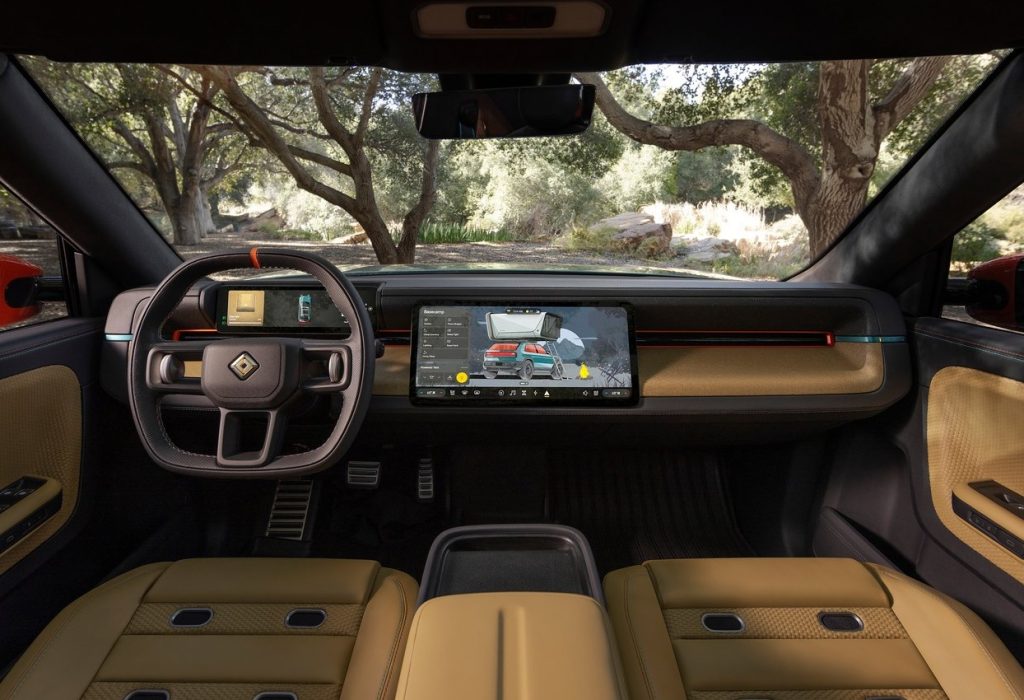
Touching on brass tacks now, Rivian has yet to offer any word on how much the R3 and R3X will cost. Nor has the EV manufacturer actually release a launch date for this apparently international market e-crossover. A conservative estimate on both these points though will be for it to be slot in just beneath the $45,000 starting price of its larger R2 sibling, when it eventually makes landfall around possibly 2028-ish(?)


